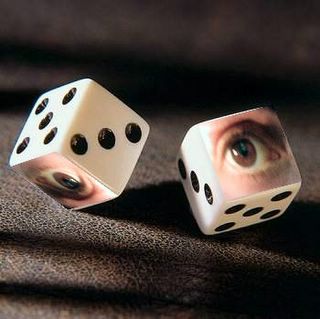Wednesday, September 26, 2012
Bringing Back the Board Game
When I was a kid growing up in the 70s and 80s, I spent most of my summer days outside, exploring whatever bit of nature I could find in my neighborhood. There were some days, though, when it was raining, or just too dangerously hot to spend much time outside. On those days, I would gather a few friends, and we'd play some cards or a board game, because back then, the home video game market was still in its infancy.
Our selection included the usual: Monopoly, Risk, Battleship, and the like. We even had one of the newer games on the market, Trivial Pursuit. Sitting across the game board from my friends and family, I developed a strong love of games in general. Keeping score helped my math skills stay sharp, and learning the skill of conversation helped greatly as I advanced into my adult life.
Eventually, though, my interest in board games fell by the wayside as I got into college, where the friends I made were more interested in role-playing or video games. Most games that involved rolling the dice and moving a pawn were considered “kid stuff” in my early adulthood. If people got together to play a game, it was usually a “party game,” like Pictionary, or Scattergories, something light that didn't require much attention. For a time, I moved on to other interests.
Years later, I attended a Game Day hosted in Arlington by some people who would later become good friends of mine. At this event, there were dozens of people demonstrating games I had never seen or heard of before to hundreds of attendees. Most of them were parodies of the role-playing genre, but then I saw a strange game on a board constructed of colorful hexagons. Players were trading around simple-looking cards and placing small bits of wood, constructing a miniature island. I watched, and then played, my first example of German-style board games – The Settlers of Catan.
It was like nothing I'd ever played before! You developed property, like Monopoly, but the cost was paid in raw materials produced by the land bordering your settlements. Nobody was eliminated from the game in order to produce a winner. You simply did the best you could with the resources you gained, until someone reached the winning number of points, usually with all the other players (even the new ones) only a point or two behind the winner. Best of all, at 60-90 minutes, the games were a reasonable length! I was so enthusiastic about it that I immediately bought a copy of Settlers of Catan for myself.
I went on to learn about and play many different examples of this type of strategy game, each with its own feel, and my interest in board and card games was reinvigorated. I started my own board gaming club, and taught many people how to play these new kinds of games. In the process, I learned that family strategy games like these have been around since the mid-80s, when I thought that the board games you can buy in any grocery store were all that existed. German-style games tend to de-emphasize conflict, instead focusing on efficient use of the resources you gain through the course of play. Math, critical thinking, and careful use of what you do have, rather than what you don't, are all skills developed while playing these games.
Whether you have kids, or just want to share an activity with your friends that doesn't require a television, I highly recommend poking around your local hobby shop, book and comic store, or websites like http://www.boardgamegeek.com/ to find some good games to play. I'm also starting a board-gaming club in the neighborhood, where I will be happy to demonstrate any of the dozens of board and card games I've collected since taking up this hobby. Contact me at gamerseye@swbell.net to learn more.
Subscribe to:
Post Comments (Atom)

No comments:
Post a Comment